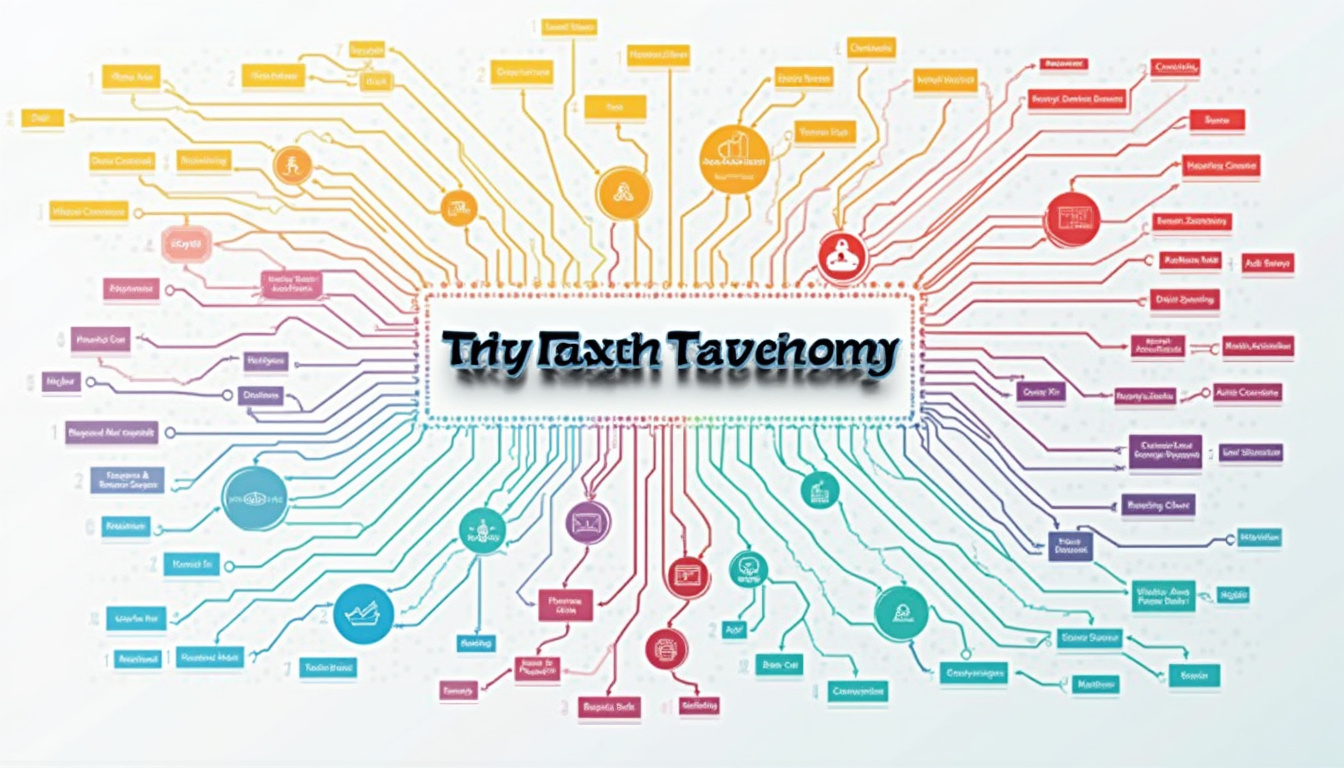Efficient product categorization is critical in today’s global marketplace, and understanding UNSPSC structure levels is key to achieving this. The United Nations Standard Products and Services Code (UNSPSC) provides a universal classification system that helps businesses, governments, and organizations categorize products and services systematically. By mastering the UNSPSC structure levels, companies can improve procurement, inventory management, and data analysis, ensuring smoother operations and better supplier relations.
In this guide, we’ll delve into the UNSPSC structure levels, explain their hierarchy, and show how you can leverage this system for your organization’s benefit. Additionally, we’ll highlight useful resources such as Classifast.com, which allows quick and accurate classification according to UNSPSC and other international standards.
What Are UNSPSC Structure Levels?
The UNSPSC is a hierarchical classification system consisting of several levels that organize products and services into a standardized code. Each code is formed by a series of digits representing categories, segments, families, and classes. Understanding the UNSPSC structure levels is essential to accurately classify items and ensure consistency across different platforms and industries.
These levels enable detailed granularity, making it easier to manage product data, analyze spend, and compare procurement activities globally. The UNSPSC is widely adopted by organizations worldwide, including government agencies and multinational corporations, for efficient supply chain management.
The Four Primary UNSPSC Structure Levels
The UNSPSC classification system is composed of four key hierarchical levels, each adding a layer of specificity to categorize products and services:
- Segment: This is the broadest level and generally represents a high-level industry or market sector, such as “Information Technology” or “Construction.”
- Family: Nested under the segment, the family groups together related products or services, such as “Computer Equipment” within Information Technology.
- Class: This level refines the family into more specifically defined groups. For example, “Laptops” within Computer Equipment.
- Commodity: The most detailed level, representing a specific product or service item. For instance, “Laptop with 16GB RAM and 512GB SSD.”
Each UNSPSC code consists of eight digits subdivided into pairs to correspond to these levels: first two digits for Segment, next two for Family, then Class, and finally Commodity.
How the UNSPSC Structure Levels Facilitate Efficient Categorization
By organizing products and services into these structured levels, the UNSPSC promotes transparency and standardization. Here’s how the UNSPSC structure levels enhance product categorization:
- Simplified Data Management: With defined categories, organizations can easily classify diverse products in unified categories, reducing complexity in handling inventories and sales data.
- Improved Spend Analysis: Procurement teams can analyze spending patterns at multiple levels of detail, from broad sectors to individual commodities.
- Enhanced Supplier Sourcing: Understanding product classifications allows buyers to identify suppliers across various categories and subcategories seamlessly.
- Regulatory Compliance: International buyers and sellers benefit from using a globally accepted standard to ensure clear communication and adherence to trade regulations.
Using Classifast.com for Accurate UNSPSC Classification
Classifast.com is an invaluable resource for organizations seeking to classify products and services quickly and accurately using the UNSPSC structure levels. This online tool works by accepting any text description of a product or service and instantly generating appropriate UNSPSC codes along with alternative classification standards like NAICS, ISIC, and HS.
Benefits of using Classifast.com include:
- Instant Results: Reduce time spent searching for the correct UNSPSC code manually.
- Multiple Standards Support: Besides UNSPSC, access classifications compliant with international standards, useful for multinational operations.
- Accuracy and Consistency: Ensures correct product categorization which is key for reporting, procurement, and analytics.
- User-Friendly Interface: Suitable even for users unfamiliar with coding systems.
By integrating tools like Classifast into your workflow, you can significantly improve the accuracy of your product classification and ensure compliance with international standards.
Practical Example: Applying UNSPSC Structure Levels
Imagine your company sells eco-friendly packaging materials. Using the UNSPSC, products could be categorized as follows:
- Segment (44): Packaging and Distribution Services
- Family (4410): Packaging Containers
- Class (441015): Cartons and Boxes
- Commodity (44101501): Cardboard Boxes
This clear hierarchical system makes it easy for procurement, sales, and logistics teams to communicate and track products across the supply chain.

Benefits of Mastering UNSPSC Structure Levels for Your Business
-
Consistency Across Departments
All teams use the same language and product categories, reducing misunderstandings. -
Better Analytics and Reporting
Granular data enables deep dives into spending or sales trends. -
Improved Supplier and Customer Communication
Clear categorization simplifies supplier identification and customer inquiries. -
Global Standardization
Facilitates international trade and compliance.
Frequently Asked Questions about UNSPSC Structure Levels
Q1: What do UNSPSC structure levels represent?
A1: UNSPSC structure levels represent the hierarchy of product and service categories starting from broad segments down to specific commodities, used for standardized classification.
Q2: How many digits are in a UNSPSC code?
A2: Each UNSPSC code contains eight digits, grouped in pairs corresponding to segment, family, class, and commodity levels.
Q3: Can UNSPSC codes be used alongside other classification systems?
A3: Yes, UNSPSC codes can be complemented by other systems like NAICS, ISIC, and HS codes for comprehensive classification, and services like Classifast.com facilitate this integration.
Additional Resources
For further reading on international product classification, the OECD provides detailed guidelines on harmonized codes used globally (source). Also, exploring resources like Classifast.com can streamline your classification process and ensure up-to-date compliance with classification standards.
Conclusion
Understanding UNSPSC structure levels is fundamental to efficient product categorization, enabling better procurement, inventory control, and reporting across industries. By familiarizing yourself with the segment, family, class, and commodity levels, you can classify goods and services with precision—ultimately driving operational efficiency and clearer communication.
To simplify this task, leverage tools like Classifast.com, offering instant and accurate UNSPSC classification along with other global standards to fit your organizational needs. Start mastering UNSPSC today to transform your product data management and elevate your business operations to an international standard.
Ready to optimize your product categorization process? Visit Classifast.com now to classify your products with ease and confidence!















